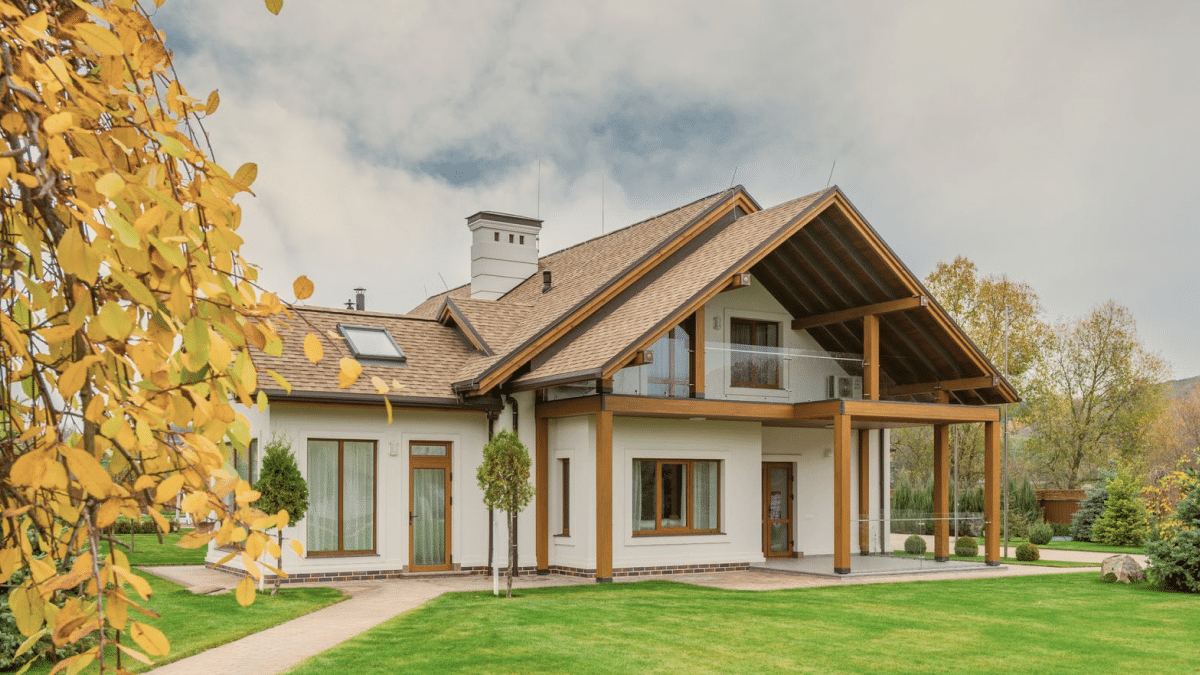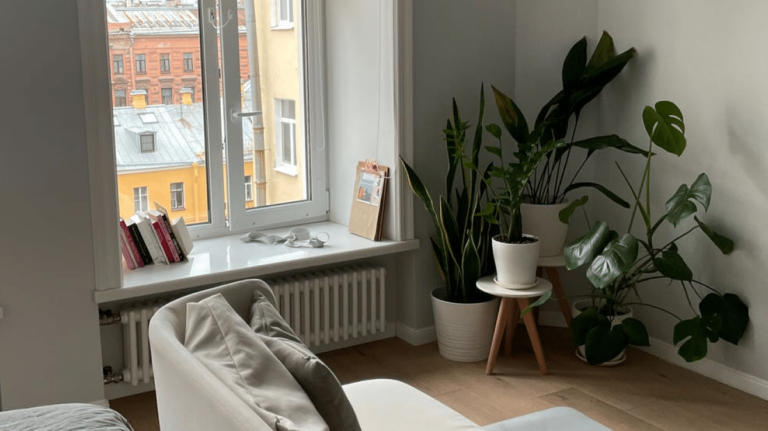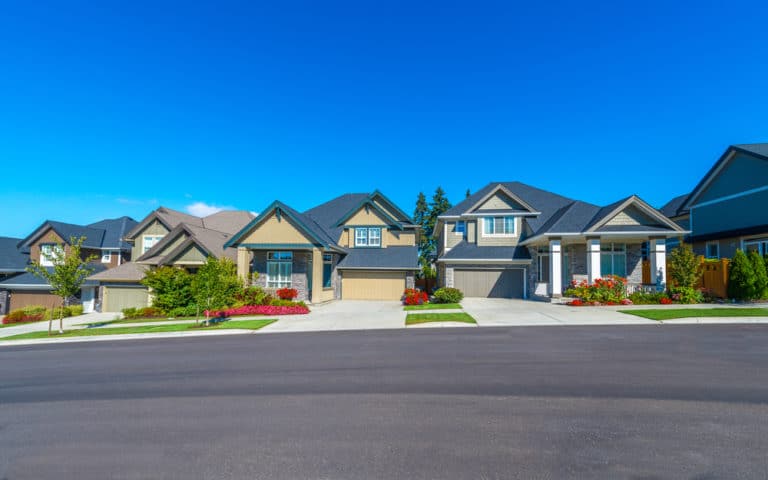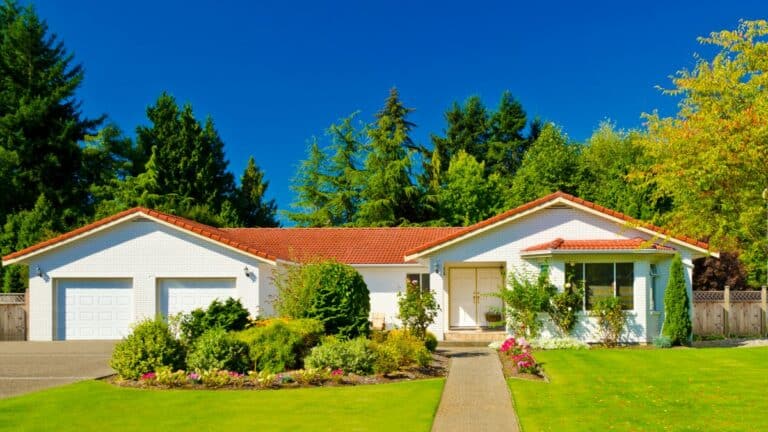Are you buying your first home? If so, have you considered purchasing a multi-family home? Before you do, you may want to take a look at both the risks and the rewards of investing in multi-family homes.
This piece answers the question, “What is a multi-family home?” and defines several types of multi-family homes you might come across in your real estate search.
Think this might be the right type of family living or investment property for you? We’ll discuss the advantages and disadvantages of purchasing a multi-family home.
What is a Multi-Family Home?
A multi-family housing unit refers to a residential property that contains separate residences. Just like the name describes, more than one family can reside in a multi-family home. Each separate residence contains kitchens and bathrooms for each unit, separate entrances and separate utility meters.
In real estate, the technical definition of a multi-family home is “a property with four units or less.”
Who Buys Multi-Family Homes?
Traditionally, who buys multi-family homes? The following types of individuals usually buy multi-family homes:
- Homebuyers who want to buy a primary residence and rent out additional units
- Real estate investors who want the benefit of multiple units within one property purchase
- Multigenerational families
- Anyone who wants to add rental income to their earnings
Types of Multi-Family Housing
You’ve probably heard of a few types of multi-family housing units already, such as a duplex, but have you heard of a quadplex? Let’s go over a handful of housing unit types.
- Duplex: In a duplex, two living units are attached to one another. They can either connect side by side or one unit stacks on top of another.
- Triplex: A triplex consists of three individual dwelling units combined into one building. These individual units share common walls — usually one or two.
- Quadplex: A quadplex contains four separate units within a single dwelling. The four units can sit side by side or arrange around a central point. Note: Properties larger than four units are considered commercial properties.
- Semi-detached house: A semi-detached house is a duplex dwelling house that shares one common wall with the house next door.
Benefits of Multi-Family Homes
Many investors choose to add multi-family homes to their investment portfolio for a number of reasons. You may also choose to live in one unit and rent out the other units. Let’s take a look at a few benefits of multi-family homes.
More Cash Flow
Multi-family homes can result in a potentially larger return on your investment because you could make more money when you rent to a large number of tenants..
A hypothetical example: You may only be able to charge $1,000 rent per month for one house or unit, but if you have a multi-family home that contains four units, you can charge $1,000 per unit per month, a potential yield of $4,000 per month. (Note: We used a simple calculation for ease of understanding. You may find that the cost of a single family home that rents for $1,000 would be the same as a four-unit quadplex.)
Having a larger tenant pool means you’ll also more likely have rental income coming in from your other units even if you have a vacancy in one unit.
More Control Over Property Value and Repairs
Investors often have more control over the property values because they own the entire multi-family property. If you buy a single house in a neighborhood, you can’t always control how well neighbors take care of their homes. However, owning the full building allows you to maintain it according to your standards.
Expanded Investment Portfolio
You get immediate access to an expanded investment portfolio when you choose to invest in a multi-family home. Instead of purchasing one single-family home at a time (which can take some time to acquire), you can gain access to several units right away.
More Tax Benefits
Spending more on maintenance and operation costs (such as utilities, property management fees, mortgage interest, repair expenses, insurance and marketing) gives you the potential to deduct more in taxes.
You can also take advantage of real estate depreciation, which means that you can deduct the costs of buying and improving a property. You’ll lower your taxable income in the process. The cost-segregation tax works like real estate depreciation but refers to deducting certain items, such as cabinetry and appliances.
If you qualify as a “passive real estate investor,” which means you spend less than 500 hours on your business, you may pay passive income tax instead of normal income taxes on the property.
Disadvantages of Multi-Family Homes
You probably want to make 100% sure a multi-family home makes sense for you before you make a final commitment. You may want to consider the disadvantages of multi-family homes long before you take the final walkthrough of any multi-family property. Check out the possible disadvantages below.
Time Commitment
As the landlord of a multi-family home, you may be notified when an oven quits working or a bathroom sink leaks — unless you hire a property manager to take care of these details.
Higher Purchase Price
Multi-family homes often cost more to purchase than single-family homes due to their larger size and the potential for more rental income. You may need to prepare to have a lot of cash on hand for a down payment or qualify for a large mortgage loan.
Other Costs
In addition to monthly mortgage payments, you may need to pay for maintenance, repairs and advertising for vacancies. The more units that exist, could mean higher potential for multiple vacancies.
What to Look for When Buying a Multi-Family Home
A real estate agent who has experience helping investors buy multi-family homes can help you decide which property fits the bill. Your real estate agent may have you consider the following:
- Location: You may want to look for safe locations in family-friendly communities. Consider looking for good schools, excellent hospitals and access to many amenities, such as restaurants and walking trails.
- Potential rental income: You may want to calculate your potential return on investment (ROI) before you choose to buy a multi-family home. All investors take on varying degrees of risk, so know your budget, your mortgage payments on the property and analyze various calculations on your potential return.
- Number of units: How many units do you want to manage? This is an individual choice but may influence your final decision.
- The property’s seller: You may want to ask the following questions or get information from the seller’s agent before you buy:
- “Why are you selling this property?”
- “What’s the background of this property?”
- “How long have you had the building?”
Whether you’re an experienced real estate investor or part of a multigenerational family who wants to buy a multi-family home, you may need to consider many factors before you buy.
Morty can assist you every step of the way, whether you want to learn about purchasing multi-family homes or home improvements that can lower your tax bill.







